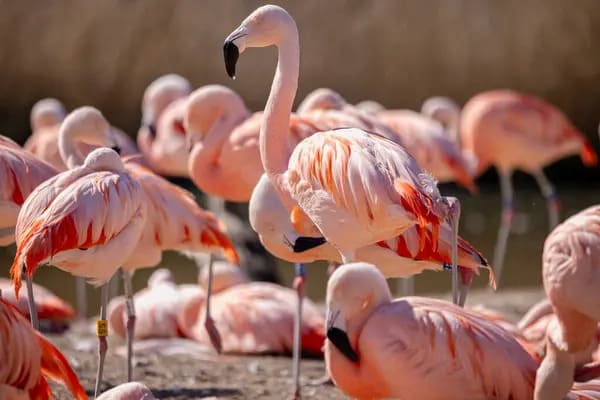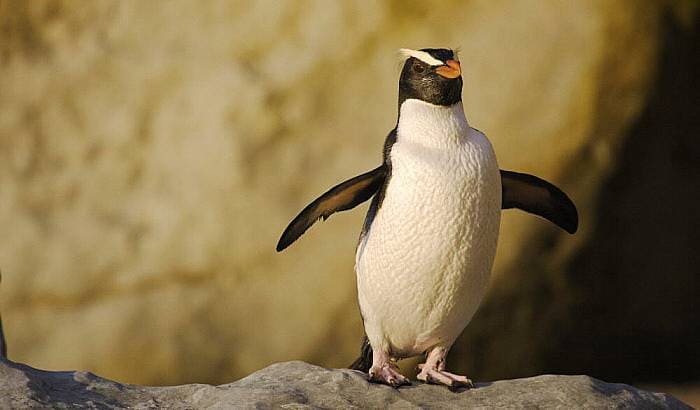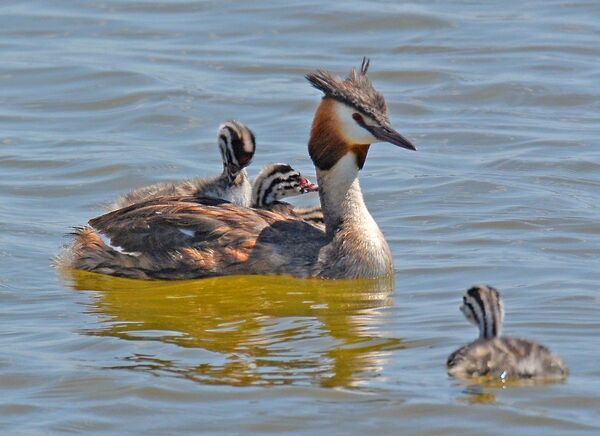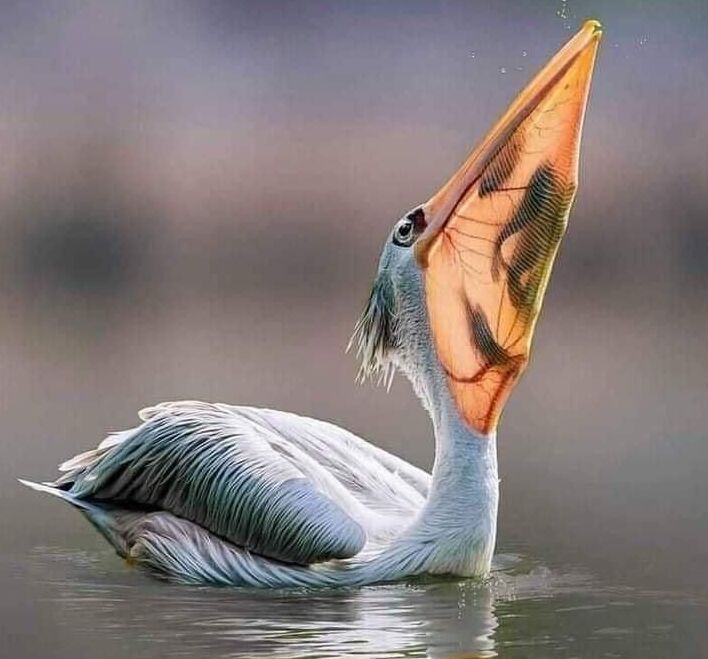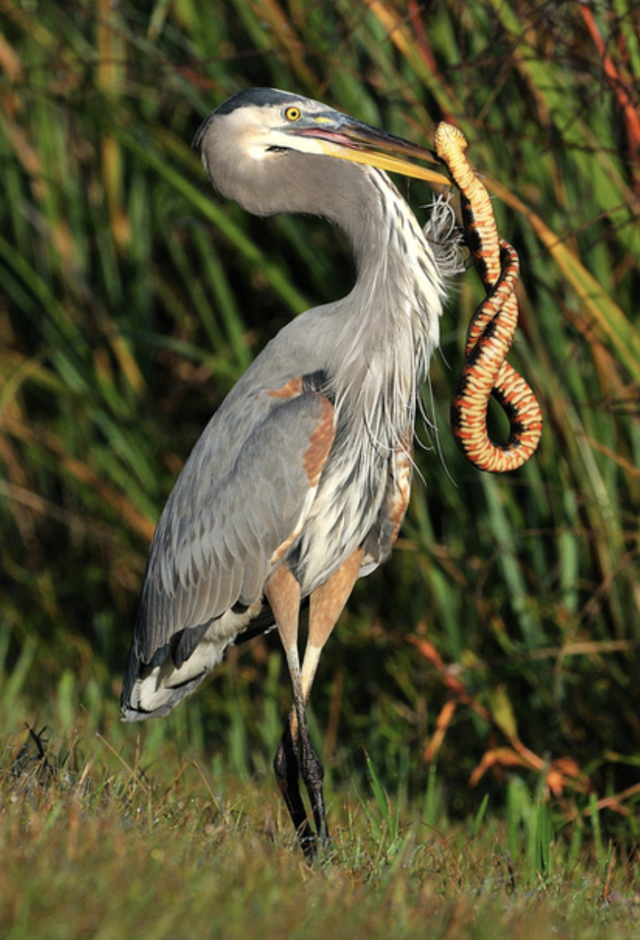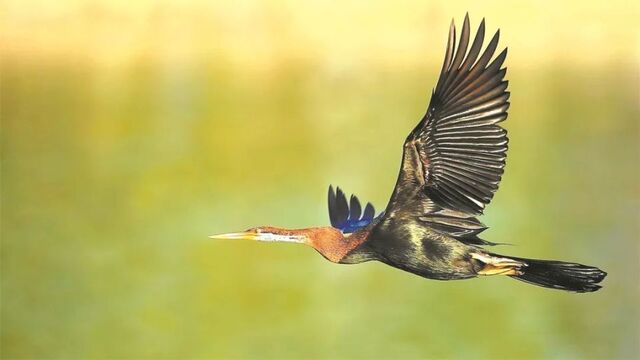Microcarbo pygmaeus
IUCN
LCBasic Information
Scientific classification
- name:Microcarbo pygmaeus
- Scientific Name:Microcarbo pygmaeus,Pygmy Cormorant
- Outline:Wading birds
- Family:M.pygmaeus Microcarbo Phalacrocoracidae
Vital signs
- length:45- 50 cm
- Weight:340g
- lifetime:3-10years
Feature
It is the smallest of all cormorants. The pygmy cormorant is 1/3 smaller than the ordinary cormorant. The beak is strong and long. There are grooves on both sides of the upper beak, hooks at the end of the beak, and a throat pouch at the base of the lower beak. The nostrils are small and completely hidden in the adult bird. The eyes are first exposed. The neck is long and slender, the tail is round and hard, the feet are located at the back of the body, the tarsometatarsus is short and featherless, the toes are flat, and the hind toes are long and connected by webs.
Distribution and Habitat
Flies low over coastal areas, lakes, ponds and delta shores and estuaries. Prefers living in freshwater lakes and brackish waters with fairly rich vegetation of trees, shrubs and reeds.
Appearance
The pygmy cormorant has a strong and long beak. There are grooves on both sides of the upper beak and a hook at the end of the beak, which is suitable for pecking fish. There is a throat pouch at the base of the lower beak. The nostrils are small and completely hidden in the adult bird. The eyes are exposed first and the neck is thin. Long; the wings are moderate in length and lack the fifth secondary flight feather; the tail is round and stiff, with 12-14 tail feathers; the feet are located at the back of the body; the tarsometatarsus is short and featherless; the toes are flat, and the hind toes are long and have Webbed.
Details

The Pygmy Cormorant (Microcarbo pygmeus) is a seabird of the family Cormoridae. It is the smallest of all cormorants. This species is a partially migratory bird and is also a rare species in Western Europe.
The Pygmy Cormorant has a strong and long beak, with grooves on both sides of the upper beak and a hook at the end of the beak, which is suitable for pecking fish; there is a throat sac at the base of the lower beak; the nostrils are small and completely closed in adult birds; the eyes are exposed first; the neck is slender; the wings are of moderate length. It likes to fly low over the shores and estuaries of coastal areas, lakes, ponds and deltas. It prefers to live in freshwater lakes and brackish waters with fairly rich vegetation, shrubs and reeds. It mainly feeds on fish and crustaceans.
Appearance characteristics
The Pygmy Cormorant is the smallest of all cormorants. The pygmy cormorant is 1/3 smaller than the common cormorant, with an approximate body length of 45-50 cm; wingspan of 80-90 cm, and a weight of about 340 grams. The plumage is dark brown with a metallic luster, the head is brown, the end of the beak is slightly curved, and there is a relatively short nozzle. The tail is long. There are red spots on the head and neck during the breeding season, which can be used to distinguish it from other European cormorants. Males and females are similar and there is no difference in appearance.
The pygmy cormorant has a strong and long beak, with grooves on both sides of the upper beak and a hook at the end of the beak, which is suitable for pecking fish; there is a throat sac at the base of the lower beak; the nostrils are small and completely closed in adult birds; the eyes are naked first; the neck is slender; the wings are of moderate length, lacking the fifth secondary flight feathers; the tail is round and stiff, with 12-14 tail feathers; the feet are located at the back of the body; the tarsus is short and featherless; the toes are flat, and the hind toes are long and connected by webs.
Growth and reproduction
The nest of the dwarf cormorant is built on the rocky shore or steep rock near the water. It is made of branches, hay and residual feathers, etc. It is shallow cup-shaped and of different sizes. The breeding season is between April and June. 4 to 6 eggs are laid each time. The chicks hatch after about 28 days of incubation. Both parents participate in the work of raising the chicks. The method of feeding the chicks is to store fish in the thick esophagus. When feeding, the parent bird opens its mouth, and the chicks stretch their mouths into the pharynx of the parent bird and peck the semi-digested fish meat in the parent bird's mouth. When feeding water, the parent bird sprays the fresh water from its mouth into the chick's mouth. The chicks are late-maturing.
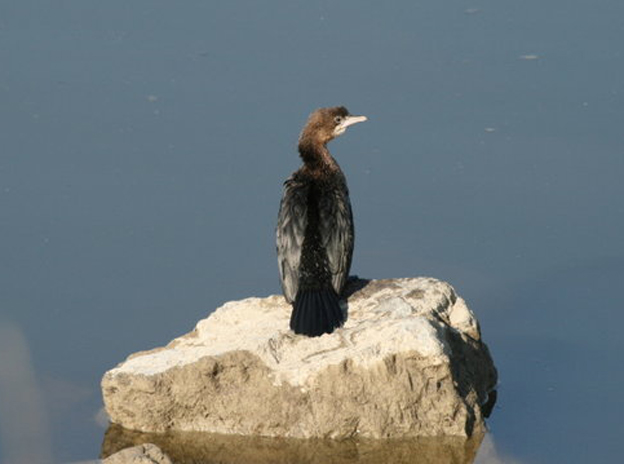
Living habits
The dwarf cormorant is a resident of humid areas and prefers a moderate climate. It likes to fly low over the shores and estuaries of coastal areas, lakes, ponds and deltas. It likes to live in freshwater lakes and brackish waters with fairly rich vegetation, shrubs and reeds.
Pygmy cormorants are strong fliers, flying in a straight line with their feet and head straight, like ducks. Except when migrating, they usually stay above water; when standing on land, their bodies remain almost vertical to the ground, supported by their hard tail feathers. They are good at swimming and diving. They often form a semicircle in the water to surround fish for food. They also often fly low, skimming the water surface. When flying, their necks and feet are straight. They mainly feed on fish and crustaceans. When they hunt, they stick their heads in the water to track their prey. Their wings have evolved to help them paddle. Therefore, they use both webbed feet and wings. After catching prey, they must float to the surface to swallow it. After diving, their feathers are soaked, and they need to spread their wings and dry them in the sun before they can fly.
Distribution
The specific distribution range of pygmy cormorants is from eastern Italy in southeastern Europe in the west to Kazakhstan, Tajikistan, Turkmenistan and Uzbekistan in Central Asia in the east. Therefore, Xinjiang, which is also in Central Asia, can also be considered as the distribution range of this species. Eurasia and northern Africa (including the entire Europe, the African region north of the Tropic of Cancer, the Arabian Peninsula, and the Asian region north of the Himalayas, Hengduan Mountains, Min Mountains, Qinling Mountains, and Huaihe River). There are traces of it in the Danube River Basin, the coasts of the Adriatic, Black Sea, and Caspian Sea, and the delta of the Arabian Peninsula. The largest distribution of the pygmy cormorant is in the Balkan Peninsula countries such as Albania, Greece, Bulgaria, and Romania in southeastern Europe, as well as West Asian countries such as Turkey, Cyprus, Iran, Iraq, Azerbaijan, Israel, and Syria. In Romania, according to the research of ornithologist Robert Ritter von Dombrowski[5] in the late 19th century, it is mainly distributed in the Danube Delta, followed by the water bodies of Constanta County and the wetlands of Montenia.

